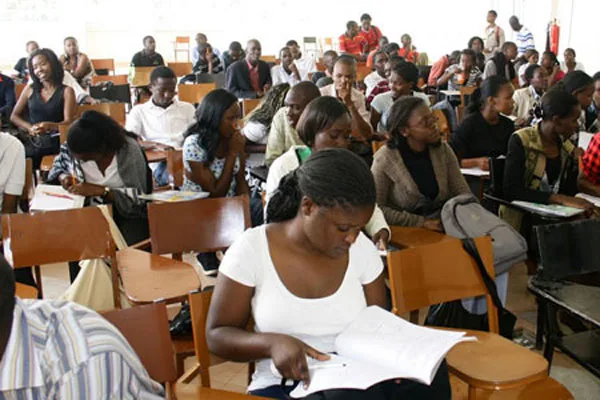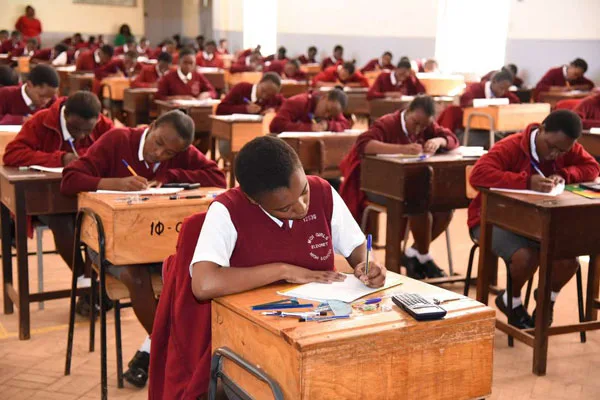The Decline of Public University Education in Kenya.
For many years, admission into a public university in Kenya was celebrated as a significant achievement. It was a moment of pride, not only for the student but for their entire family.
At independence in 1963, Kenya had only one university college. Currently, the country has 78 universities—42 public and 36 private.
Enrolment has surged from 361,379 students in 2013 to 620,480 in 2022. This rapid expansion has negatively affected education quality, student supervision, and research. Additionally, it has allowed entry into academia of individuals with limited knowledge and capacity in teaching and research.
Many public universities in Kenya are named after dominant local ethnic groups, such as Meru, Kisii, and Maasai Mara universities.
This trend has resulted in pressure to appoint top leadership positions (VCs, DVCs) based on ethnicity rather than merit. Consequently, this has encouraged programme duplication, corruption, and mismanagement.
It is unsurprising that every county seeks to establish its own public university, leading to the hiring of unqualified personnel and declining education quality.
In the 1980s, Kenya’s higher education system was arguably the best in the region. The joy and excitement of joining university were palpable. However, fast forward to today, and that pride has largely faded.
Frustration in the System
Public university education, which once symbolized excellence, has been overshadowed by frustration, affecting both students and lecturers.
The system seems to be failing those it was designed to serve. Learning in Kenyan universities has become a game of chance, akin to luck. The full impact of deteriorating education quality is yet to be fully grasped, but its consequences are significant.
Over the past decade, Kenya’s higher education system has faced numerous avoidable challenges due to inadequate leadership, planning, and financial mismanagement.
Lecturers face constant strikes, and students often find themselves protesting. Lecture halls are frequently empty, and when students aren’t on the streets protesting, they are struggling to manage financial burdens.
What was once viewed as the key to success— a university degree—now feels more like a gamble.
The Growing Crisis
Public universities struggle to offer high-quality, relevant education, leaving graduates ill-equipped for Kenya’s job market.
Staffing ratios, such as one lecturer per 70 students, and the percentage of PhD-holding professors (40%) fall below UNESCO standards.
Moreover, disparities persist, with the World Bank highlighting that students from the wealthiest 20% of the population are 49 times more likely to access higher education than those from the poorest 20%.
Achieving Kenya Vision 2030’s goal of 60% STEM enrolment remains challenging, necessitating innovative cost-saving strategies and diversified resource mobilization.
Many public universities are plagued by corruption and misuse of public funds. For instance, Moi University has been embroiled in financial mismanagement, including systemic corruption and non-payment of staff salaries for months.
Media reports indicate that 18 public universities are under investigation by the Ethics and Anti-Corruption Commission (EACC) for financial improprieties.
Leadership and governance failures, including those at the university council level, have significantly contributed to these issues, as noted by an EACC spokesperson.
Kenya, as the largest economy in East Africa, is built upon its human capital. Public universities are meant to absorb the majority of high school graduates, with over 240,000 students qualifying for university admission this year alone.
Despite this, many students are starting to question whether these institutions can help them achieve their dreams. Education Cabinet Secretary Julius Ogamba must be aware of this crisis.
If anything should keep him awake at night, it is the state of public universities. Despite this growing issue, the state of university education continues to decline, much like the struggles faced with the Competency-Based Curriculum (CBC).
A Call to Action for the President
Public universities have failed to honor collective bargaining agreements (CBAs) with academic and non-academic staff, resulting in repeated strikes. If no corrective measures are taken, further disruptions are inevitable, affecting teaching, supervision, and research.
Kenya’s higher education system requires comprehensive transformation and consolidation. To ensure sustainability, universities and the government must adopt innovative, system-wide reforms.
It is essential to restore the pride and excellence of public universities. The lecture halls must come alive again—not as mere structures but as places for innovation, ambition, and transformation.
Kenya has produced great academics, such as Professor Beth Alot, Professor Mela, Professor Kibo, Professor Win Mitula, and Professor Nasani, among others. However, today, few university students aspire to follow in their footsteps.
Read Also: High Dropout Rates Due to Unpaid Fees as School Heads Struggle with Non-Paying Parents
This decline is partly due to the visible struggles faced by lecturers, who are underpaid, overworked, and undervalued.
A shocking revelation last year highlighted the dire state of academia: Kenya has fewer than 1,000 professors for over 68 universities, serving nearly 700,000 students.
This results in an average of one professor for every 700 students, raising serious concerns about the quality of education under such conditions.
Urgent Measures Needed
President William Ruto, a PhD holder himself, must take immediate and decisive action to address this crisis. Ruto must spearhead efforts to fix this failing system.
Lecturers should receive fair compensation, students must be provided with adequate and timely funding, and universities must once again become true centers of learning and innovation.
Anything less would be an injustice, not only to the future of our workforce but also to the very foundation upon which the nation is built. This is a matter that cannot be ignored.
The Decline of Public University Education in Kenya.
Follow Teachers Updates on Facebook, LinkedIn, X (Twitter), WhatsApp, Telegram, and Instagram. Get in touch with our editors at [email protected].



Discussion about this post